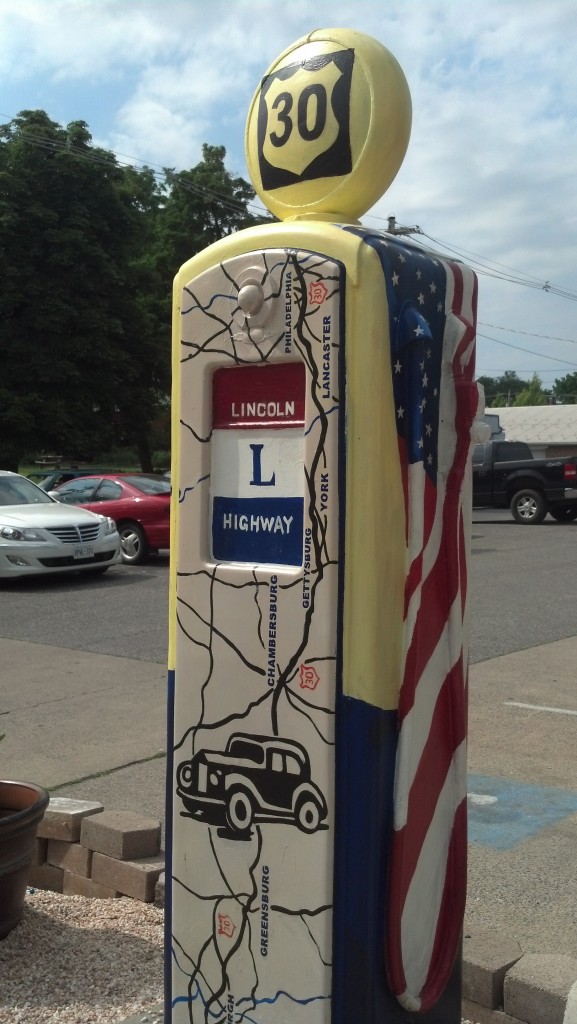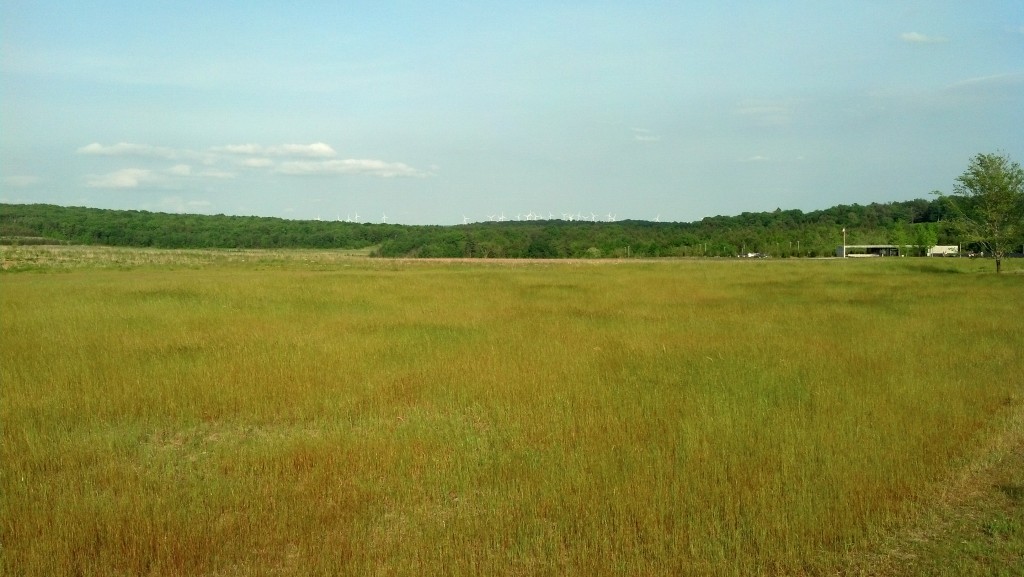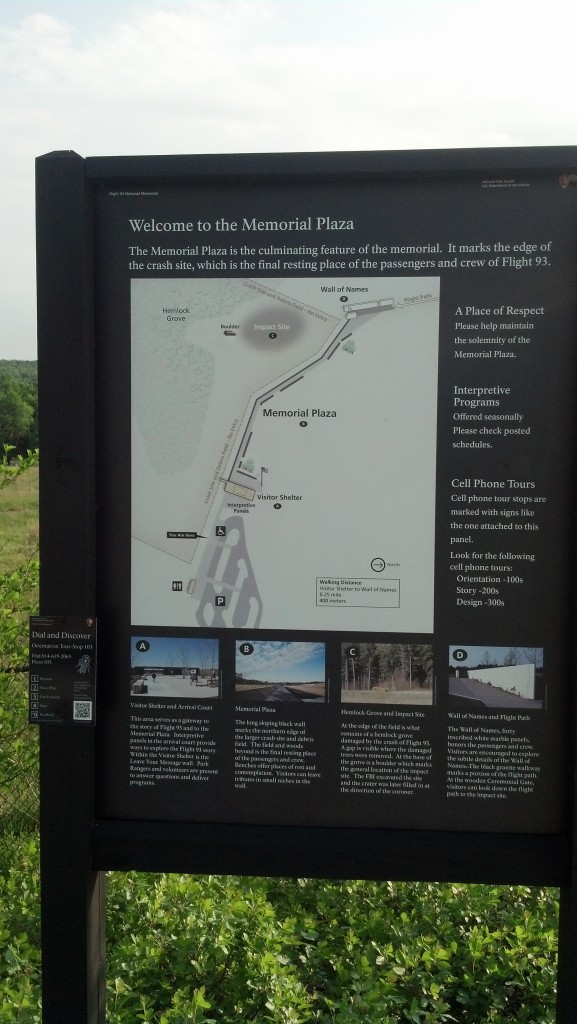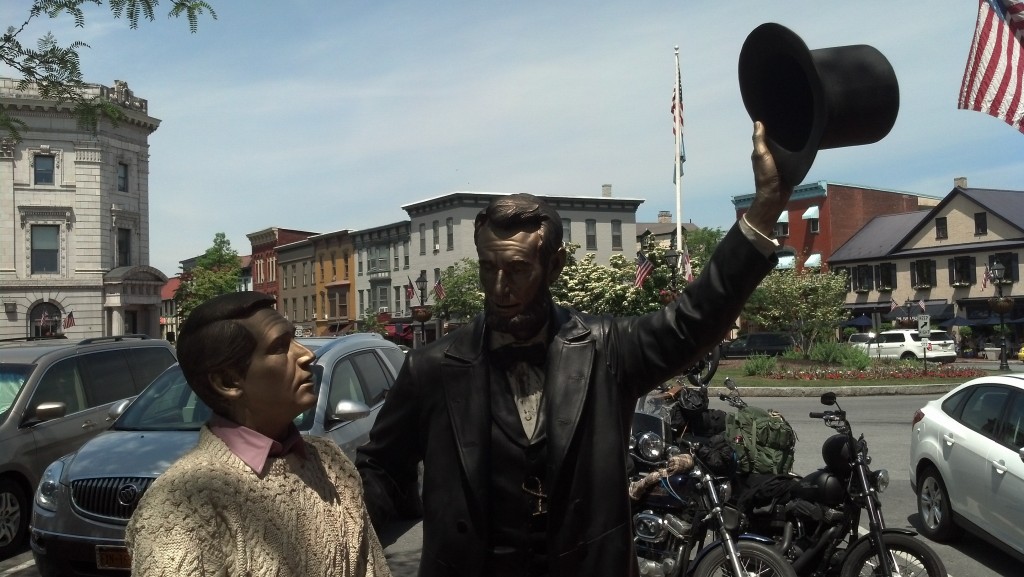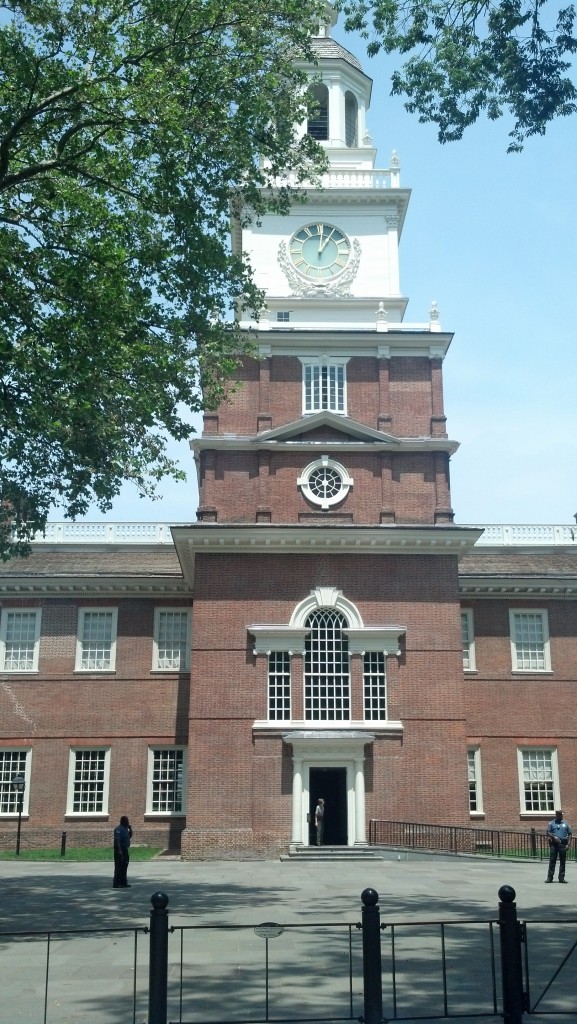
Pork, brisket, collards and local root beer at YinzBurgh BBQ on Baum Boulevard on Pittsburgh’s historic Auto Row, part of the original Lincoln Highway. (Photo by Michael Grass)
PITTSBURGH — For my Lincoln Highway journey, having Internet access via my smartphone and computer has been and will continue to be a great tool. Although I’m going across country without turn-by-turn GPS navigation — why pay for it when I have it in my brain’s spatial orientation and navigation skills for free? — I have the Internet to help me research what I want to see and where I want to go. This includes eating along the way.
When I wanted to find a good local spot for lunch on Thursday while checking out Pittsburgh’s historic Auto Row along Baum Boulevard — which is part of the Lincoln Highway’s original route — I turned to Yelp. Crowdsourcing local knowledge has been critical to the success of Yelp and similar user-generated tools.
In this case, I ended up at YinzBurgh BBQ, a 16-month-old Southern-style barbecue joint in a city not known for its barbecue.
It was a great find and something I likely would not have checked out if I was simply driving by. (I probably would have gone around the corner to Chipotle.) I spent some time chatting with YinzBurg BBQ’s owner, Richard Coursey, about my trip and his place, which offers up some great food, I might add. (YinzBurgh’s smoked meats come sauceless. Coursey’s philosophy is that sauce should be on the side and not overpower the meat itself. He has a variety of housemade sauces inspired by different barbecue traditions and he’ll be more than happy to give you a thorough introduction to YinzBurgh’s offerings.)
As I was eating some delicious barbecue and collards, I was thinking about how anyone traveling on the Lincoln Highway when it opened — or for that matter until the recent proliferation of smartphones and crowdsourcing tools like Yelp — were at a disadvantage when they drove into an unfamiliar place. Their options were limited to what was easily accessible along the road.


